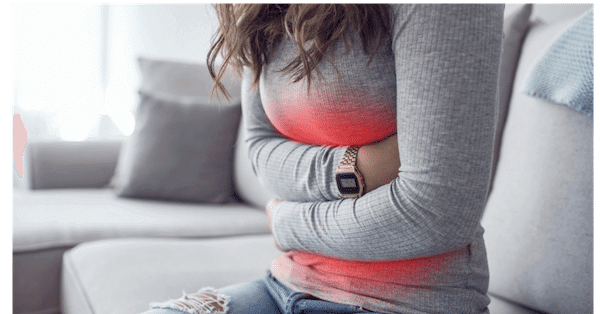How Can You Deal With Menstrual Cramps?
Dysmenorrhea or menstrual cramps is basically a dull pain occurring in the lower abdomen region. It occurs during or before menstrual periods start. This pain often radiates towards the thigh area or lower back. Other symptoms include – loose stools, nausea, dizziness, and sweating. In this article you’ll get to know about how to deal with menstrual cramps.

Types of Menstrual Cramps
Menstrual cramps are of two types – primary and secondary. The primary dysmenorrhea begins after a few years of your first period. There is no physical abnormality involved here. Prostaglandins are hormone like substances which are produced by our body naturally. This is basically the cause behind menstrual cramps and it is responsible for both the inflammation and pain. On the other hand, secondary dysmenorrhea involves physical abnormality – this includes endometriosis, uterine fibroid, pelvic inflammatory disease, or uterine polyps.
Home Remedies For Menstrual Cramps
It is quite common to feel some discomfort around your lower back, thighs, and abdomen when you’re menstruating. The muscles present in the womb relax and contract helping the built-up lining to shed. When you are experiencing cramps, it is basically your muscles which are at work. Several girls and women also go through nausea, diarrhea, headaches, and vomiting.
Factors that are involved with painful periods are –
- Having your first kid
- Heavy blood flow
- Just starting with periods
- Below the age of 20 years
- An overproduction of prostaglandins – this is the hormone which has an influence on your womb.
Here are some tips to help you fight the discomfort that you are feeling during your periods naturally.
Stay Hydrated
The uncomfortable phase that every woman faces each month is caused by primary dysmenorrhea. But, if you drink more water it will have a positive impact on your health especially during these few days. Try to drink at least 8 glasses of water every day, during your period. If you wish to make it more palatable then add a lemon wedge to it. You should also reduce the consumption of salt this will encourage fluid retention. Refrain from drinking alcohol as it will lead to dehydration. If you face vomiting or diarrhea related issues, then it is crucial to drink more water to replace the lost fluids.
Other types of fluid that will help:
- Ginger tea
- Chamomile tea
- Fruit infused water
- Flavored mineral water
- Cucumber, lemon, or mint water
You must eat right
If you are craving for salty, sugary, or fatty food when you’re having periods – then there is only one thing you can do – skip it. Eating right will help to reduce the pain you are experiencing. Squash, cherries, tomatoes, bell peppers, and blueberries are anti-inflammatory foods which are the best choices. Omega 3 fatty acids present in cold water fish can also be consumed. Other food items that combat inflammation are almonds, dark leafy greens, and calcium rich beans.
Chamomile tea is an excellent choice:
Brimming with anti-inflammatory substance, chamomile tea will take care of your cramps when you are menstruating. It also inhibits prostaglandins. The uterus releases these cells which provokes uterus muscle contractions, cramps, and pain. It is also responsible for vomiting, headache, diarrhea, and nausea. Sipping on chamomile tea will enhance the flow of menstruation and ease other period related symptoms.
Give Fennel Seeds A Try!
Studies have shown women experience less pain if they consumed fennel seeds.
Sprinkle Some Cinnamon!
Consuming 420mg of cinnamon thrice a day during your menstrual cycle (first three days) will reduce heavy flow, pain, and sensation of nausea. It also reduces the frequency of vomiting. You can sprinkle some cinnamon on your hot cocoa or cereal.
Try these home remedies for menstrual cramps and if you still experience unbearable health problems consult a doctor.
Some further good reads
